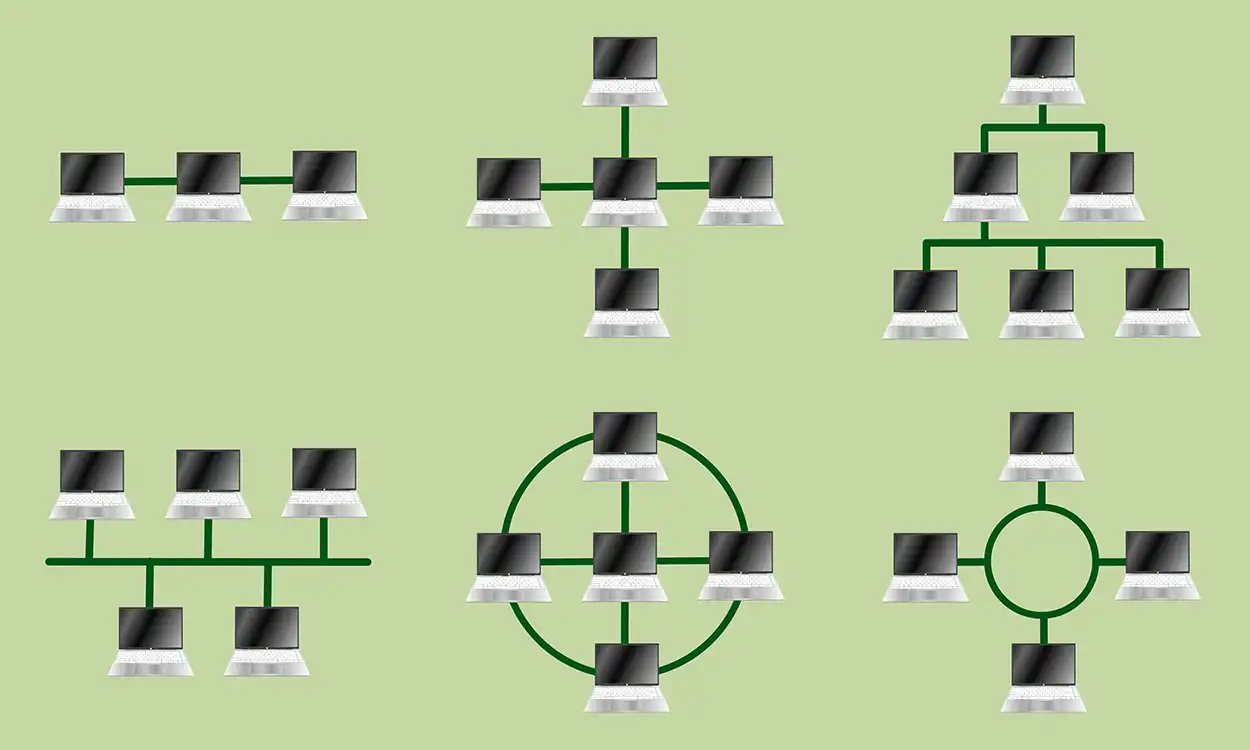Blog
Every data scientist knows that sometimes data is loud, incomplete and unstructured. It is comparable to the mess that a kid leaves after having played with Lego.
Data can have too many dimensions which make it harder to analyse and, subsequently, harder to use.
If a company embarks into an expensive data collection process only to find the data noisy and difficult to analyse, there’s a financial loss there and future R&D efforts are halted.
However, not all is lost. Because where traditional data analysis approaches fail, the topological analysis of the data shines.
Let’s dive in.
What is topological data analysis?
In general, topology is basically a mathematical concept that focuses on the characteristics of a geometric object, such as points and angles, that continuously change when they are bent, twisted, stretched without breaking them.
For example, objects with holes, like a doughnut or slice of Swiss cheese, don’t break when deformed.
In simple words, the topology of an object is basically just studying the holes they have and their shape.
Topological data analysis (TDA) refers to the practice of analysing the data using the concept of “topology”. In other words, the topological analysis of the data refers to studying the shape of a dataset.
It is about trying to bend, stretch, twist and reduce the dataset’s dimensions to 3 without breaking it to understand its shape and physical characteristics.
For example, if you have a noisy and incomplete dataset about a train station and your aim is to understand more about its occupancy, i.e. how many people can be in the train station at the same time without it being a safety hazard.
By conducting a topological analysis, you’ll reconstruct the system that generates the dataset to understand it more. Therefore, you’ll learn about holes in the train station, e.g. how many entrances are there in the train station and how many people get through them.
A topological data analysis aims at providing an understanding of what’s not reflected in the data, but is very much present in said data.
The advantages of conducting a topological data analysis
Are you asking yourself what sets the topological data analysis apart from other models?
Primarily, its ability to make insights appear from thin air.
Topological data analysis provides advanced data analysis, as it combines concepts of machine learning, statistics and mathematical algorithms. This sounds like a nightmare for a student, but it is actually heaven for a company trying to extract the unseen bits of a dataset.
It divides the data to comprehend the unseen characteristics of segments and sub-segments of a dataset.
Topological data analysis and machine learning
Topological data analysis and machine learning are two tools that when combined can really make a difference.
This collaboration has been named “topological machine learning”.
The synergy between the study of the shape of a dataset and machine learning algorithms creates an infrastructure in which a deeper meaning is gathered from the data and allows to gain new perspectives on the dataset.
Conclusion
The topological data analysis and machine learning combo is a match made in heaven. Most models try to understand what the constraints are.
However, TUBR is on a mission to understand the system that provides you with a dataset with the aim of telling you what the physical constraints are and to extract everything from the data.
Nothing beats a blog than a demonstration of what we do here at TUBR. So why don’t you book a call to see how we can get the most out of your data?
